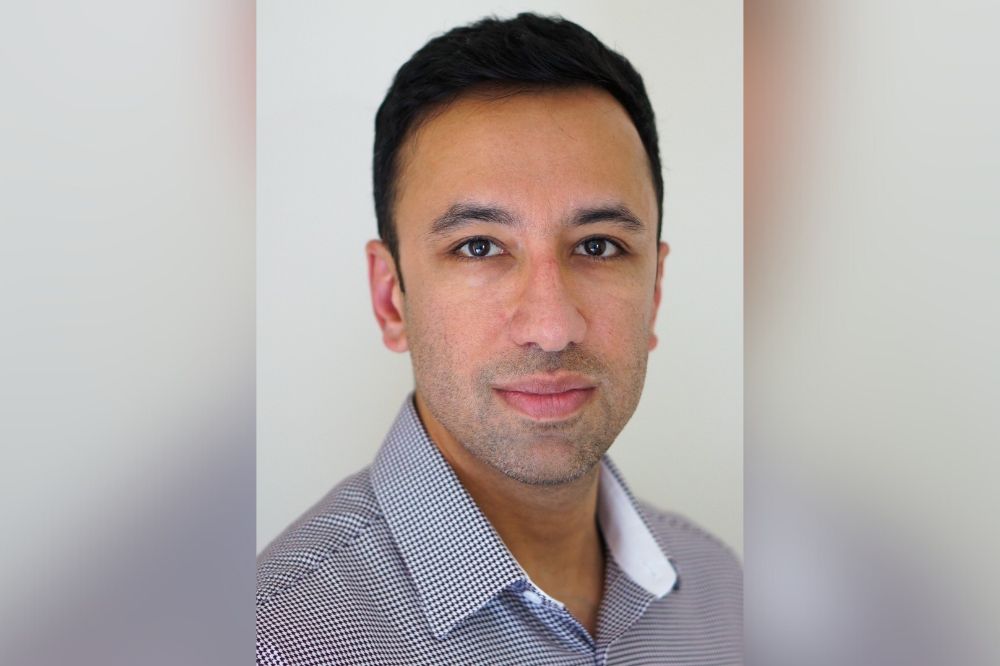Is there “a single source of truth” for insurers?

Is there “a single source of truth” for insurers? | Insurance Business Australia
Technology
Is there “a single source of truth” for insurers?
Solutions are pitched for major challenges
Technology
By
Daniel Wood
Insurance companies at the IB Innovation Summit in Sydney last week are aware of the looming regulatory pressures of Consumer Data Right (CDR) legislation. CDR has already rolled out in the banking sector and the insurance space is likely to start seeing CDR this year.
Thales, the global data security firm, was an Event Partner for the Summit’s InsurTech stream. Like other technology firms, Thales offers an antidote to CDR: the prospect of bringing together separate legacy systems containing customer data and creating a new, single view system.
“A single source of truth,” said Sydney-based Mohammad (Mo) Shahbeikian (pictured above). During a Summit presentation he explained how insurers can convert their multiple, separate legacy tech into one digital system. A secure, single version of customer data is then shared safely across different lines of business.
Apart from regulations and cyber risks, the major driver behind this digital transformation, said Shahbeikian, is legacy systems can no longer satisfy insurance customer needs.
“Customers need to be confident that insurers are only using their personal information when they have consent,” he said. “The customer also needs to trust the insurer that they, the customer, will be the only one accessing their data and portal.”
Shahbeikian said this customer-insurer relationship of trust works both ways. The insurer needs to be confident that the customer is a real person with a real identity and not a scammer.
ASR: Digital transformation case study
Shahbeikian gave an example of how, he said, Thales helped the Dutch insurer, ASR Nederland NV (ASR) achieve a digital transformation of its legacy tech sensitive to concepts like trust and customer needs.
ASR has 2.8 million customers, 4,000 employees and 30,000 advisers and brokers. The firm’s multiple insurance lines were all separately siloed, he said, and unable to share information. For example, if an existing travel insurance customer signed up for ASR’s life insurance, they would need to start an application from scratch.
Shahbeikian said Thales centralised personal data that was previously stored across 53 ASR data systems. The quote he used to finish his presentation underlined that the customer experience was the driver of his firm’s tech work for ASR.
“According to Gartner, the major analytics firm, the insurers’ focus will shift from increasing revenue to improving the customer experience in 2023,” said Shahbeikian. “Making a better customer experience, of course, translates to better revenue.”
Innovation from a broader perspective
Also in the IB Summit’s InsurTech stream, a panel discussed how insurance firms are Driving innovation to gain a competitive advantage. One central idea behind the panel topic was how digital transformation has moved from being a competitive advantage to a core necessity.
Panellist Shelley Beeston (pictured immediately below) placed this transformation in the context of market challenges like climate change, inflation and data security issues.
“These conditions have increased risks and are impacting profitability, making it crucial for insurers to reduce costs and manage risk effectively,” said Beeston, who is head of Venture Studios for Lexicon, an Endava company. “To achieve this, modernising existing platforms and leveraging innovative technology are essential to drive efficiencies and improve data accuracy for better risk assessment and personalisation opportunities.”

Endava, an IB Summit Gold Sponsor, is a software development company headquartered in London. Melbourne-based Beeston said technologies, including micro front ends, can be “instrumental in simplifying operations and increasing delivery efficiency” for insurers.
Like Shahbeikian, she said digital transformations need to include the customer and provide “a more personalised experience.” Beeston gave the example of predictive analytics in the automotive sector to more accurately assess driver risk and adjust premiums accordingly.
“When implementing new digital technologies, it is important to prioritise the value it brings to customers and employees,” she said. “Instead of replacing existing systems for the sake of change, it’s better to build on what works well already.”
Beeston said, to achieve this, companies should focus on building a culture that embraces innovation and teaches new ways of thinking and working.
“Starting with small projects and iterating before scaling up can also help to ensure that new solutions are effective and sustainable,” she said.
Beeston also called on insurers to embrace a “broader perspective” in order to drive innovation “that goes beyond the bottom line, creating meaningful impact for individuals and communities alike.”
Did you attend IB’s Innovation Summit in Sydney? What did you think? Please tell us below
Related Stories
Keep up with the latest news and events
Join our mailing list, it’s free!






